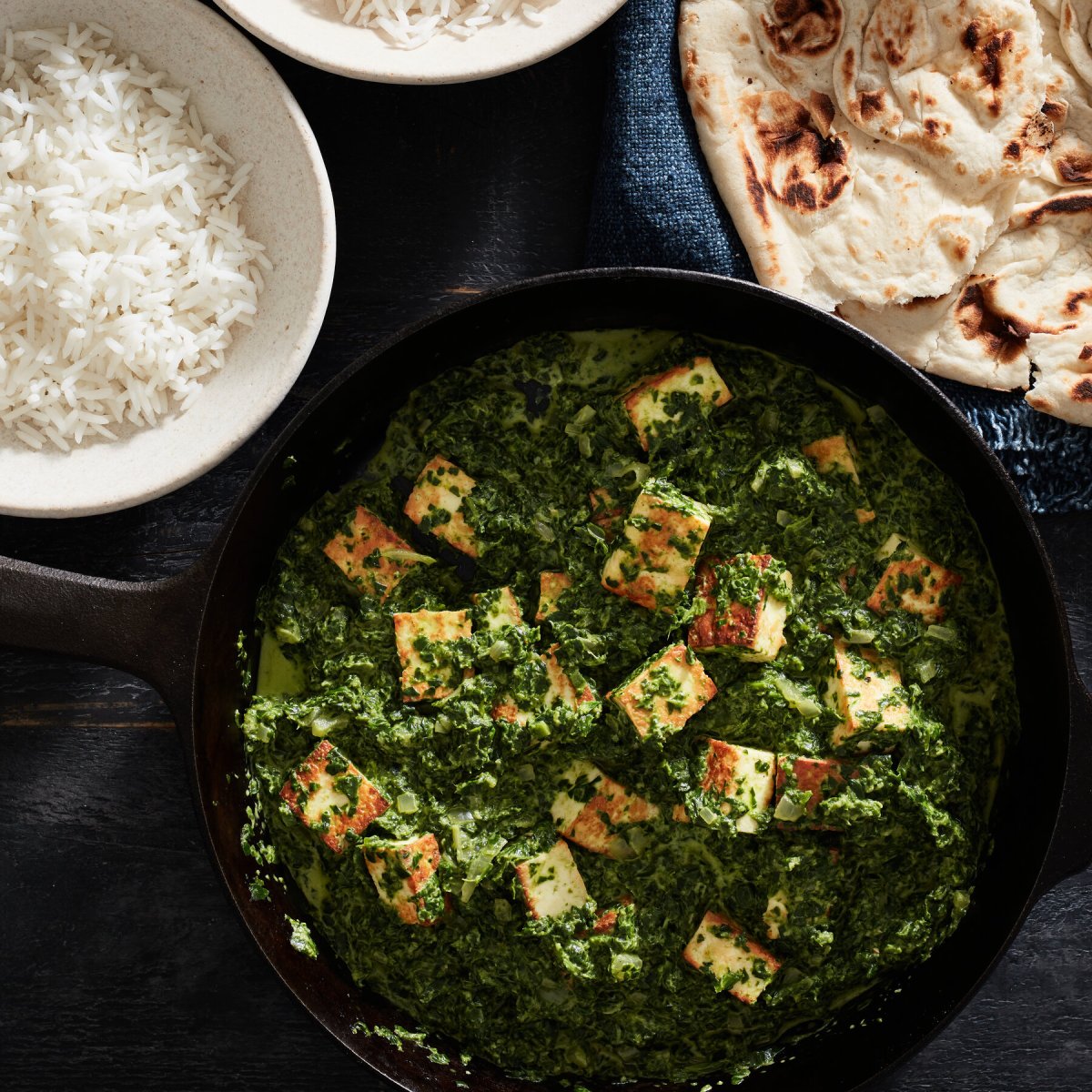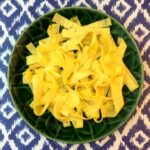Embark on a culinary journey through India, where vibrant spices and aromatic flavors meet the demands of a low-carb lifestyle. Discover how to create authentic, yet lighter versions of beloved Indian curries, without sacrificing the rich tapestry of tastes that define this incredible cuisine. We’ll explore regional variations, uncover low-carb ingredient swaps, and guide you step-by-step through creating a delectable low-carb butter chicken – a dish that will tantalize your taste buds and leave you feeling satisfied and energized.
This exploration delves into the heart of Indian cooking, revealing the secrets to balancing spices and aromatics to achieve complex and flavorful curries. We’ll examine traditional methods, offering practical substitutions for high-carb ingredients, ensuring that every bite is both delicious and health-conscious. From the fragrant aroma of freshly ground spices to the creamy texture of a perfectly cooked curry, we’ll paint a vivid picture of this exciting culinary adventure.
Step-by-Step Recipe Creation

This recipe for low-carb butter chicken delivers the rich, creamy flavor of the classic dish without the hefty carbohydrate load. We achieve this by using cauliflower rice as a substitute for traditional rice and focusing on the delicious, flavorful sauce. The result is a satisfying and guilt-free indulgence. Prepare to be transported to the aromatic streets of India with every bite.
Low-Carb Butter Chicken Recipe
This detailed recipe guides you through creating a delectable low-carb butter chicken, highlighting the aromas and textures at each stage.
- Preparation (20 minutes): Begin by preparing the chicken. Cut 1.5 lbs boneless, skinless chicken breasts into 1-inch cubes. The raw chicken has a subtle, almost neutral aroma at this stage. In a separate bowl, finely chop 1 large onion. The sharp, pungent smell of the onion is immediately apparent. Mince 2 cloves of garlic and 1-inch piece of ginger. The combined aroma of garlic and ginger is potent and fragrant, a prelude to the complex flavors to come. Next, measure out your spices: 1 tbsp garam masala, 1 tsp turmeric powder, 1 tsp cumin powder, 1/2 tsp chili powder (adjust to your spice preference), and 1/4 tsp cayenne pepper (optional, for extra heat). The warm, earthy fragrance of the spice blend fills the air, promising a flavorful culinary journey.
- Cooking the Chicken (25 minutes): Heat 1 tbsp ghee or coconut oil in a large skillet or pot over medium-high heat. Add the chicken and cook until browned on all sides. The sizzle of the chicken hitting the hot oil is a delightful sound, and the aroma intensifies with the addition of the chicken’s savory notes. Once browned, add the chopped onion and cook until softened, about 5 minutes. The onion’s sweetness starts to emerge, mellowing its initial sharpness. Stir in the minced garlic and ginger, cooking for another minute until fragrant. The aroma intensifies, becoming richer and more complex with the addition of garlic and ginger. Now, add the spice blend and cook for 1 minute, stirring constantly, until fragrant. A wave of warm, aromatic spices fills the kitchen. The spices bloom, releasing their full potential and adding depth to the overall scent.
- Creating the Sauce (15 minutes): Stir in 1 (14.5 oz) can of diced tomatoes (undrained), 1 cup heavy cream, 1/4 cup tomato paste, 1 tbsp lemon juice, and 1 tsp salt (or to taste). Reduce heat to low, cover, and simmer for 10 minutes, stirring occasionally. The sauce begins to thicken, developing a rich, creamy texture and a vibrant, tangy aroma. The initial sharpness of the tomatoes mellows as they simmer with the cream and spices, creating a harmonious blend of flavors. The sauce thickens, its color deepening into a rich reddish-orange hue.
- Finishing Touches (5 minutes): Stir in 1/4 cup chopped cilantro. The fresh, herbaceous scent of cilantro cuts through the richness of the sauce. Taste and adjust seasoning as needed. The final aroma is a captivating blend of spices, herbs, and cream, hinting at the rich and satisfying flavor to come.
- Serving Suggestions: Serve your low-carb butter chicken over cauliflower rice or with a side of roasted vegetables. Garnish with extra cilantro and a dollop of plain yogurt (optional) for added creaminess. The final presentation is visually appealing, with the vibrant orange sauce contrasting beautifully with the creamy white cauliflower rice and the fresh green cilantro. The combination of textures – the tender chicken, the creamy sauce, and the slightly firm cauliflower rice – is a delightful sensory experience.
By mastering the art of low-carb Indian curries, you unlock a world of flavor and culinary creativity. This journey has equipped you with the knowledge to adapt traditional recipes, experiment with spice blends, and create stunning dishes that are both healthy and incredibly delicious. The vibrant colors, fragrant aromas, and satisfying textures of these curries will transform your meals, offering a delightful and guilt-free indulgence. So, spice up your diet and embark on your own culinary exploration – the possibilities are endless!
FAQ Insights
Can I freeze low-carb Indian curries?
Yes, many low-carb Indian curries freeze well. Allow them to cool completely before storing in airtight containers for up to 3 months.
Are low-carb Indian curries suitable for beginners?
Absolutely! While mastering spice blends takes practice, the recipes provided are designed to be accessible to cooks of all skill levels.
What are some good low-carb substitutes for coconut milk?
Full-fat coconut milk is naturally low-carb, but for even lower carbs, consider using unsweetened almond milk or cashew cream.
How can I make my low-carb curry spicier?
Add more chili peppers (fresh or dried), or use a spicier chili powder like cayenne or ghost pepper.


